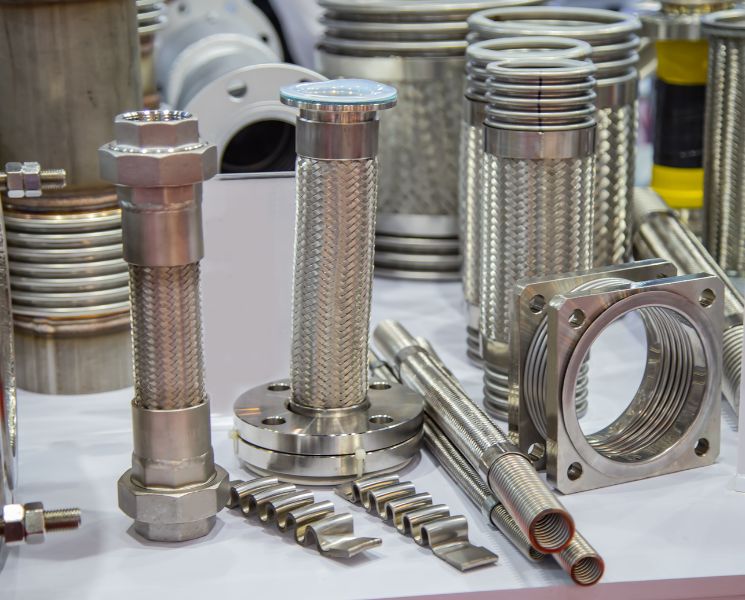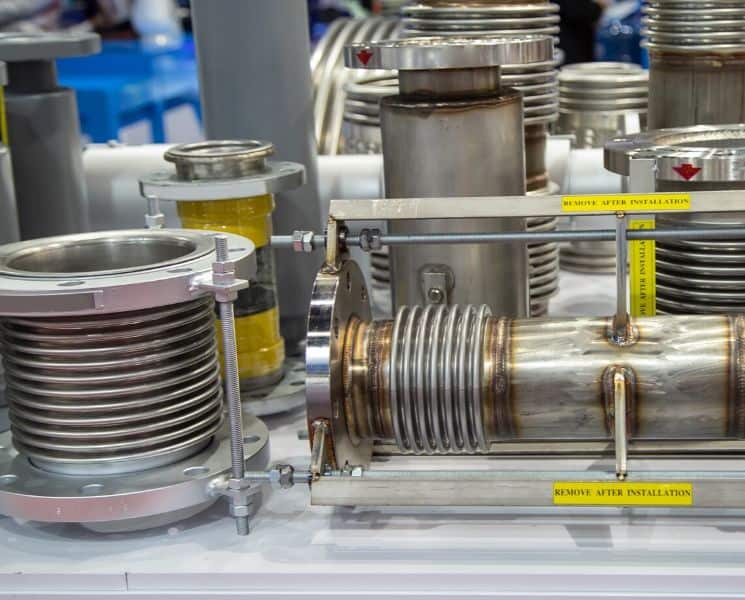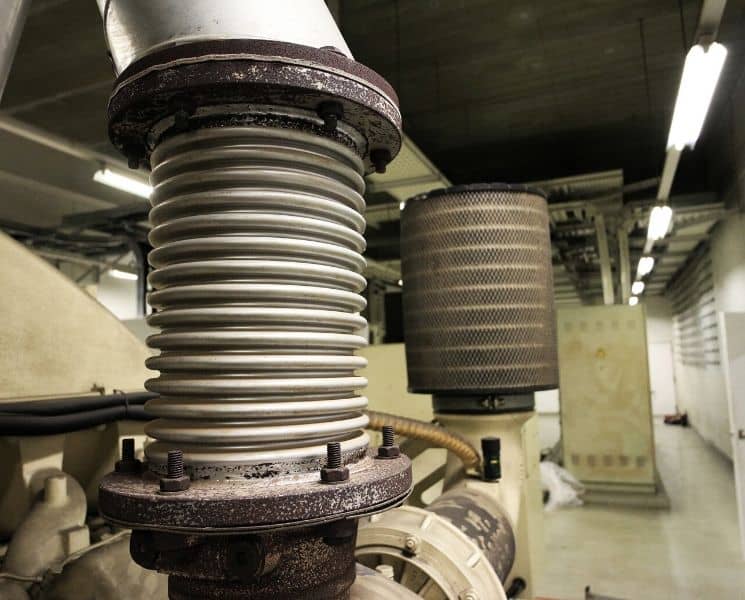While the design and assigned operation can significantly influence the service life of an expansion joint, corrosion attacks can bring a piping system to a screeching halt. Here are four signs your expansion joints are corroding.
Decreased Efficiency
Metal expansion joints have various applications in industrial and mechanical environments, given their designed purpose to extend, compress, and absorb extreme temperatures. Compensators see most piping and ducting usage, so their absorbing movement efficiency is essential to the overall system.
When an expansion joint erodes, you’ll notice a loss of strength in absorbing thermal expansion and vibrations.
Rusting
Rusting from corrosion is a more evident sign that compensators are disintegrating. You’ll notice rust occurring in stages, often starting with the development of red, black, or white deposits on the metal’s surface.
Over time, these patches may become less uniform, indicating a deeper corrosion issue. This reaction may result in pitting corrosion, often weakening the material and producing orange or red iron oxide.
Fatigue and Cracking
Failing expansion bellows due to corrosion may also show signs of stress corrosion cracking. Interestingly, pitting can accelerate cracking by introducing stress concentration to the expansion joint, resulting in fatigue.
You’ll notice fine cracks penetrating the material; these minor fractures have a brittle appearance and can be challenging to detect at first glance.
Decreased Ductility
Functioning expansion joints should be able to absorb energy without rupturing. Conversely, components experiencing corrosion may struggle to maintain their shapes without fracturing. Typical signs of ductility issues due to corrosion may be a disproportionate expansion with shape irregularities.
How To Prevent Corrosion in Expansion Joints
While corrosion may occur to all components at some point during their service life, you can still mitigate its impact on expansion joints by storing them in a clean, dry indoor area.
Moisture is a significant factor in metal degradation, so it would help to store metal expansion joints on even-surfaced chocks away from the floor.
To know if your expansion joints are corroding, you would be wise to conduct regular inspections and maintenance on piping systems and ducts. Doing so can allow you to intervene in corrosion attacks and elongate a component’s service life.
For more information on expansion joints, functions, and storage tips, consider visiting us at Triad Bellows!



